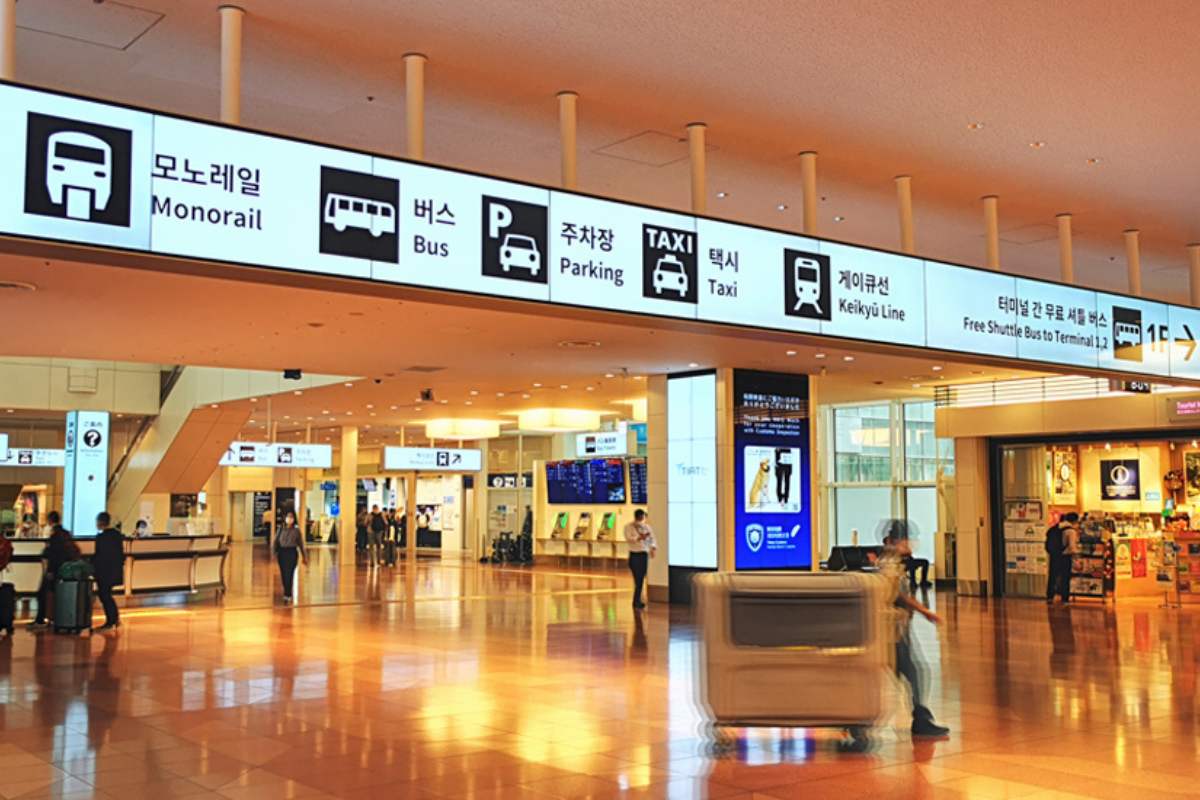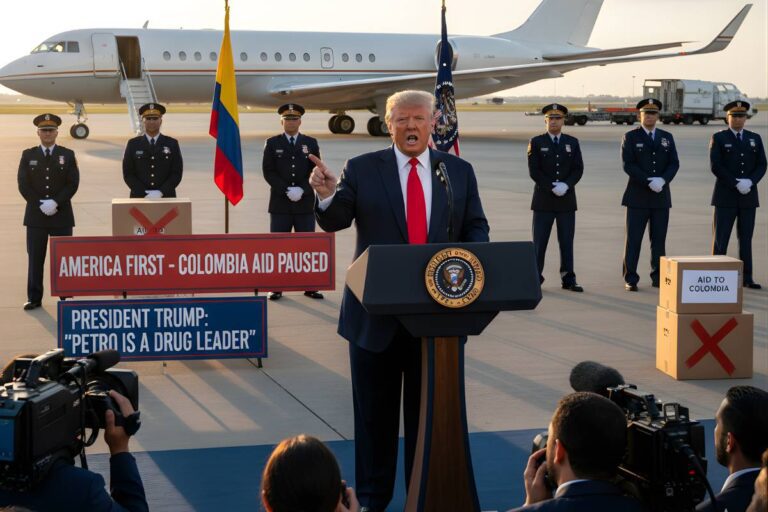Airports are not just transportation hubs, they are portals to cities, mirrors of the values of the cultures that inhabit them, and models of efficiency. Cleanliness is among the numerous aspects that establish a world-class airport, and it is the most important measure of excellence. In a recent report featured by Gulf News, one GCC airport has been ranked among the world’s cleanest airports, beating international giants such as Singapore Changi and Tokyo Haneda. What makes these airports stand out, the GCC’s contender of distinction, and how cleanliness defines today’s travel experience are what we’re taking a look at in this article.
Why Cleanliness Matters in Airports
Cleanliness is not just a matter of looks; it’s an important aspect of health, security, and passenger satisfaction. Airports receive millions of passengers every year, which makes them high-risk areas. A hygienic environment minimizes the spread of disease, increases passenger comfort, and boosts an airport’s reputation worldwide. For example, during the COVID-19 pandemic, airports with strict hygiene measures experienced quicker recovery in passenger confidence.
The Criteria for Ranking the World’s Cleanest Airports
To score airports, bodies such as Skytrax (the organization responsible for the World Airport Awards) assess:
- Restroom cleanliness: Level of cleaning, supply availability.
- Terminal cleanliness: Floors, seats, and public spaces.
- Trash disposal efficiency and recycling.
- Air cleanliness: Ventilation systems and pollution management.
- Staff behavior: Training and visibility of cleaning staff.
These criteria ensure that airports are not merely flashily clean but maintain high standards at all times.
The GCC Contender: Hamad International Airport’s Commitment to Cleanliness
The only GCC presence in the cleanest airports list in the world is Hamad International Airport (DOH) in Doha, Qatar. Famous for its architectural splendor, DOH has also spent aggressively on hygiene innovation. Here’s why it leads:
- 24/7 Cleaning Teams: More than 1,000 employees work in shifts to sterilize terminals.
- Intelligent Technologies: UV-C cleaning robots and electrostatic sprayers aim for high-touch points.
- Sustainability Emphasis: Environmentally friendly cleaning chemicals and water-saving systems minimize the environmental footprint.
In 2023, Skytrax placed Hamad International at number 4 in the “World’s Cleanest Airports” list, a testament to its hard work.
The Top 10 World’s Cleanest Airports in 2024
Based on recent market surveys and industry reports, here are the gold standard-setting airports:
Tokyo Haneda Airport (HND), Japan
- Known for immaculate restrooms and proactive waste segregation.
Singapore Changi Airport (SIN), Singapore
- Utilizes robots to scrub floors and check air quality.
Seoul Incheon Airport (ICN), South Korea
- Boasts a “Clean Korea” campaign with hourly check-ups.
Hamad International Airport (DOH), Qatar
- GCC’s pride in AI-driven cleanliness checks.
Zurich Airport (ZRH), Switzerland
- Collaborates with local eco-clubs for sustainable cleaning.
Helsinki Airport (HEL), Finland
- Uses real-time feedback apps to clean up spills on the spot.
Dubai International Airport (DXB), UAE
- Deploys “Clean Dubai” teams during rush hours.
Vienna International Airport (VIE), Austria
- Emphasizes odor control and air cleaning.
Hong Kong International Airport (HKG), China
- Embarks on antimicrobial coating of surfaces.
Munich Airport (MUC), Germany
- Operates solar-powered cleaning carts and paperless reporting.
Case Study: How Hamad International Airport Remains Spotless
Hamad International’s success is no fluke. Here’s a list of its strategy:
- AI-Powered Audits: Cameras and sensors identify areas to be cleaned, sending instantaneous alerts to personnel.
- Passenger Involvement: Hand sanitizer stations are positioned every 50 meters and urge passengers to participate.
- Deep Cleaning Nights: Teams clean floors, polish surfaces, and disinfect playrooms after midnight.
This multi-layered approach has made DOH a model for airports worldwide.
Challenges in Maintaining Airport Cleanliness
Even top-ranked airports face hurdles:
- High Passenger Traffic: Airports like DXB handle 90 million travelers annually, requiring round-the-clock efforts.
- Climate Factors: Dust storms in GCC nations demand frequent filter changes and façade cleaning.
- Pandemic Resurgence: With global travel recovering, airports must balance efficiency with heightened hygiene.
The Future of Clean Airports: Sustainability Meets Technology
Innovations shaping tomorrow’s airports include:
- Biodegradable Cleaners: Minimizing chemical waste.
- Self-Cleaning Surfaces: Nano-coatings that resist dirt.
- Predictive Analytics: Applying data to predict cleaning requirements before problems occur.
Conclusion
The world’s cleanest airports title is more than a matter of shine and fragrance, it’s one of commitment to health, innovation, and guest care. And as Hamad International Airport demonstrates, the GCC is more than capable of competing with the world’s giants. From robotics, to sustainability to simply elbow grease, these airports remind us that cleanliness is not a destination; it’s a journey.






















